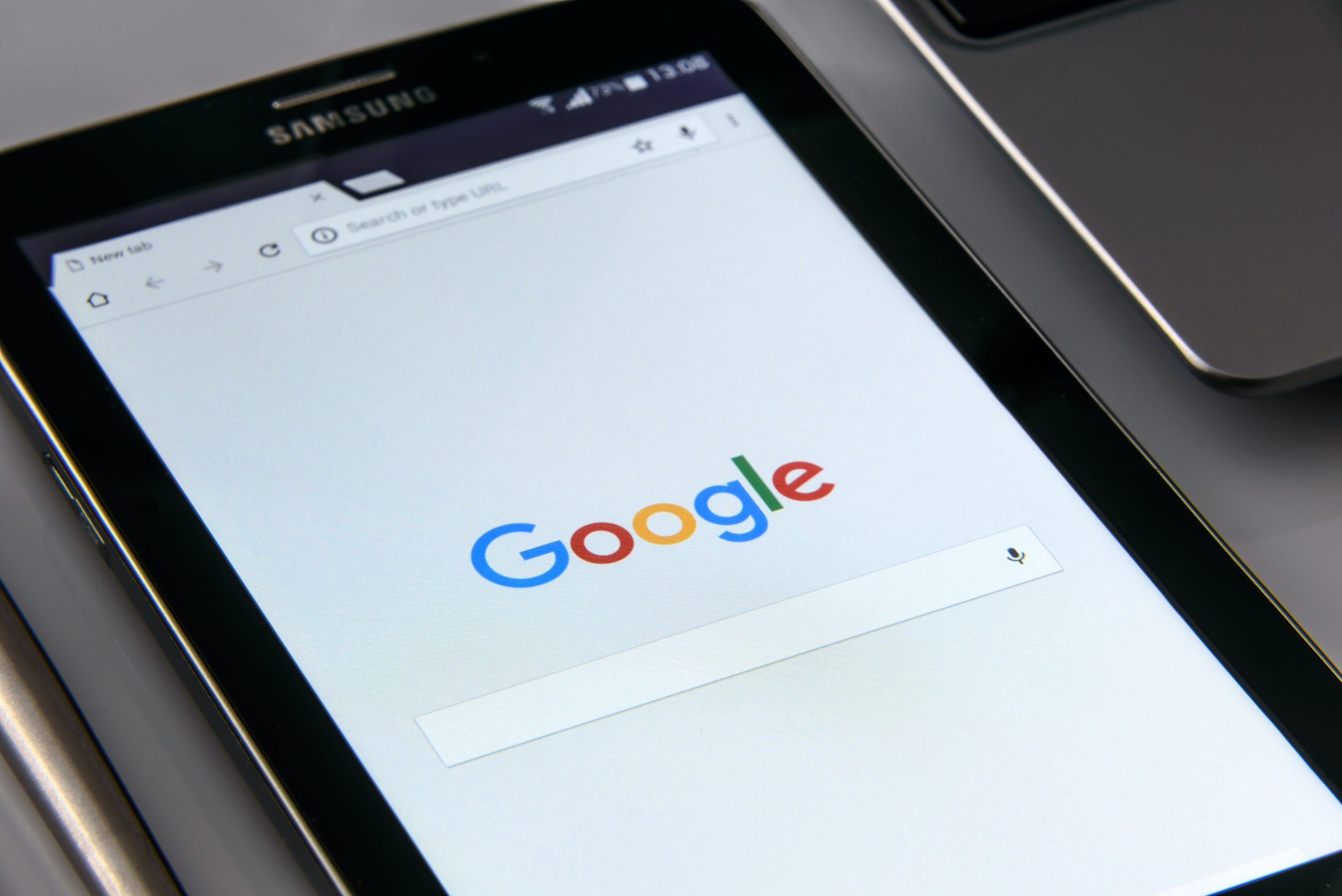Google Ads has grown up
As it turns 20, it is indisputable that Google Ads has been at the forefront of the self-service digital advertising industry throughout its two decades of existence.
From the early days of connecting businesses of any size to an audience specific to them, to connecting users with businesses at exactly the right moment, Google has been the blueprint for a lot of advertisers because they’ve managed to stay ahead on one key thing – the constant evolution of the way people use the internet to find information.
Now, as they celebrate 20 years of adapting to this fact, we can map the trends and innovations keeping them ahead and commanding nearly a quarter of all digital media spend globally.
Picking your moments
The world’s media outlets allege that humans now have attention spans shorter than that of a goldfish (Time, 2015). The truth is, people have exactly the same attention span but they now have enough information at their disposal so that if they are not getting exactly what they need, they can abandon it and look for a more rewarding answer.
In addition to reaching an estimated 90% of internet users globally, Google’s placement inventory has grown exponentially across its history. Automation is no longer limited to dynamic headlines, but includes bidding, creative execution and targeting. The number of places where ads appear has increased, matching messages with moments and making them more relevant than ever.
Saying what you mean
In the early days, search marketers could pick certain keywords and display relevant information about services. By the time the search engine became the dictionary definition of ‘looking stuff up’ online, there was already enough data to justify the introduction of match types, which have evolved year after year and bring us to where we are now.
Machine learning, industry use and insight into how people use the internet to search for information (now they have so much of it) all drives change around what constitutes a ‘relevant’ place for an ad to appear. If you meant one thing, you may actually have meant another – capturing misspellings, plurals and, more recently, intent.
Consumers and data privacy
Some developments can work for or against advertisers; none more so than the growing concerns around data privacy, antitrust patterns and transparency around the collection and management of user data. People – quite rightly – want to know why data is being collected and what it’s being used for and, with more inventory than ever, answering the call of the user is the thing that’s going to capture their attention.
In the wake of changing data laws and the rise of competing products designed to disrupt the position of organisations like Google, transparency is a key part of their current and future strategy. Tools to help users – such as browser extensions and more comprehensive verification of advertisers – are being pushed out to build confidence in Google’s recommendations.
The anonymisation and grouping of user data into audiences has also arisen, focusing on the use of patterns and trends to create predictive audiences, as opposed to banks of data on real people – posing the question of what a user is likely to do and turning attention to their potential behaviour, rather than an individual’s actual behaviour.
The evolution of online retail
With the role of search in shopping decisions growing and changing over the years, Google has responded by including free product listings alongside the paid ones and refining their shopping hub for advertisers and users, using crawlers to bring the product feed of websites to the right people, along with an option to buy on Google. Gaining a competitive foothold as the definitive online marketplace has been, and will very much continue to be, their key focus.
The rise of AI and machine learning, coupled with comprehensive data points across users, means that marketers can leverage predictive marketing to get the correct products to purchasers without them even navigating off Google.
In addition, the growing strength and breadth of YouTube only helps clarify a shopper’s intent, as well as providing richer and more visual media to help build consideration.
To the next twenty years
Some things are clearly a priority, like the further development and refinement of machine learning to help serve people the information, products and services most relevant to them – not just because of the wealth of consumer knowledge at their disposal but also because there are other giants hot on their heels, such as Amazon.
That being said, with integral changes putting the user’s experience ahead of advertiser spend (such as auction priority for loading speed and clear, relevant information), Google has 20 years of consumer knowledge at their disposal to allow them to know exactly what makes a sale.
If you would like to discuss your Google Ads strategy, don’t hesitate to get in touch with one of our specialist team.
